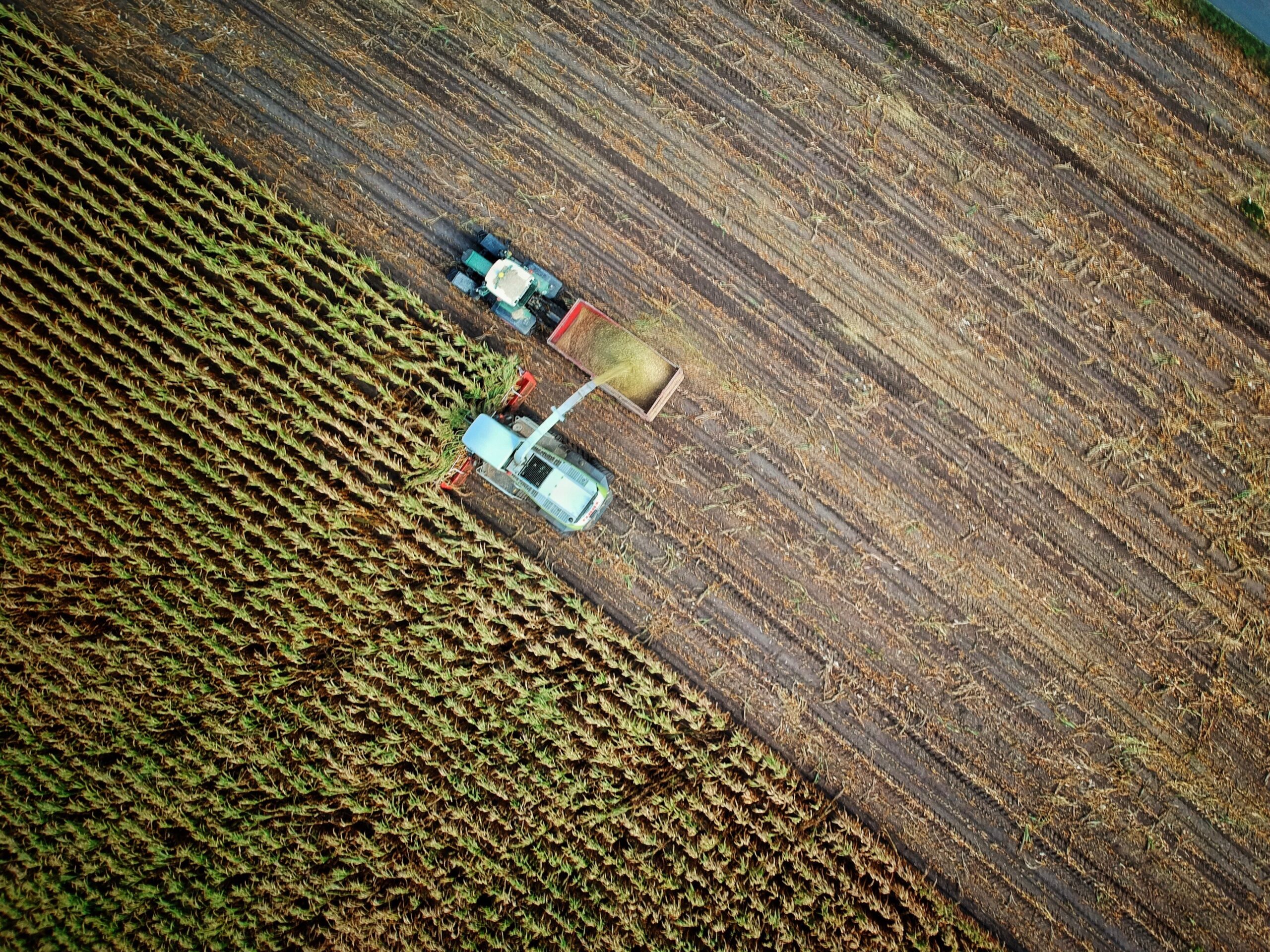Mental Health Demands of Farmers and Agricultural Workers

The world of agriculture in the U.S. is diverse and integral to our nation. Farmers’ work with the land can come with many physical, emotional, financial, and mental sacrifices. Research shows that farmers and agricultural workers experience higher rates of psychological distress, anxiety, and depression than the general population (Bjornestad et al., 2021). Some of the unique occupational stressors that impact farmers’ mental health include: demanding work schedules, unpredictable environmental and climate conditions, fluctuating commodity prices, changing governmental policies, and physical health problems. Rural locations of farms can lead to difficulty accessing mental health care or even increase feelings of isolation amongst farmers and agricultural workers.
Given the stressors that the agricultural industry faces, it is highly important that farmers and agricultural workers feel supported by their communities and the mental health field. While the agricultural community is often close-knit and will look out for one another at a moment’s notice, it is important for the country at large to understand the mental health challenges farmers and agricultural workers face. Community engagement, awareness of mental health issues, and listening to the needs of the agricultural community are important first steps in supporting our growers and producers of this country.
If you yourself are a farmer or agricultural worker reading this, or a farmer you know may benefit from talking to a mental health clinician feel free to reach out to our clinic for support. We understand the challenges of rural locations in Montana, and offer telehealth services here at Montana Center for Somatic Psychotherapy.
Let’s give a big thank you to the farmers of Montana and this country!
Source:
Bjornestad, A., Cuthbertson, C., & Hendricks, J. (2021). Analysis of suicide risk among farmers in the Midwestern United States. International Journal of Environmental Research and Public Health, 18(7). https://doi.org/10.3390/ijerph18073563


